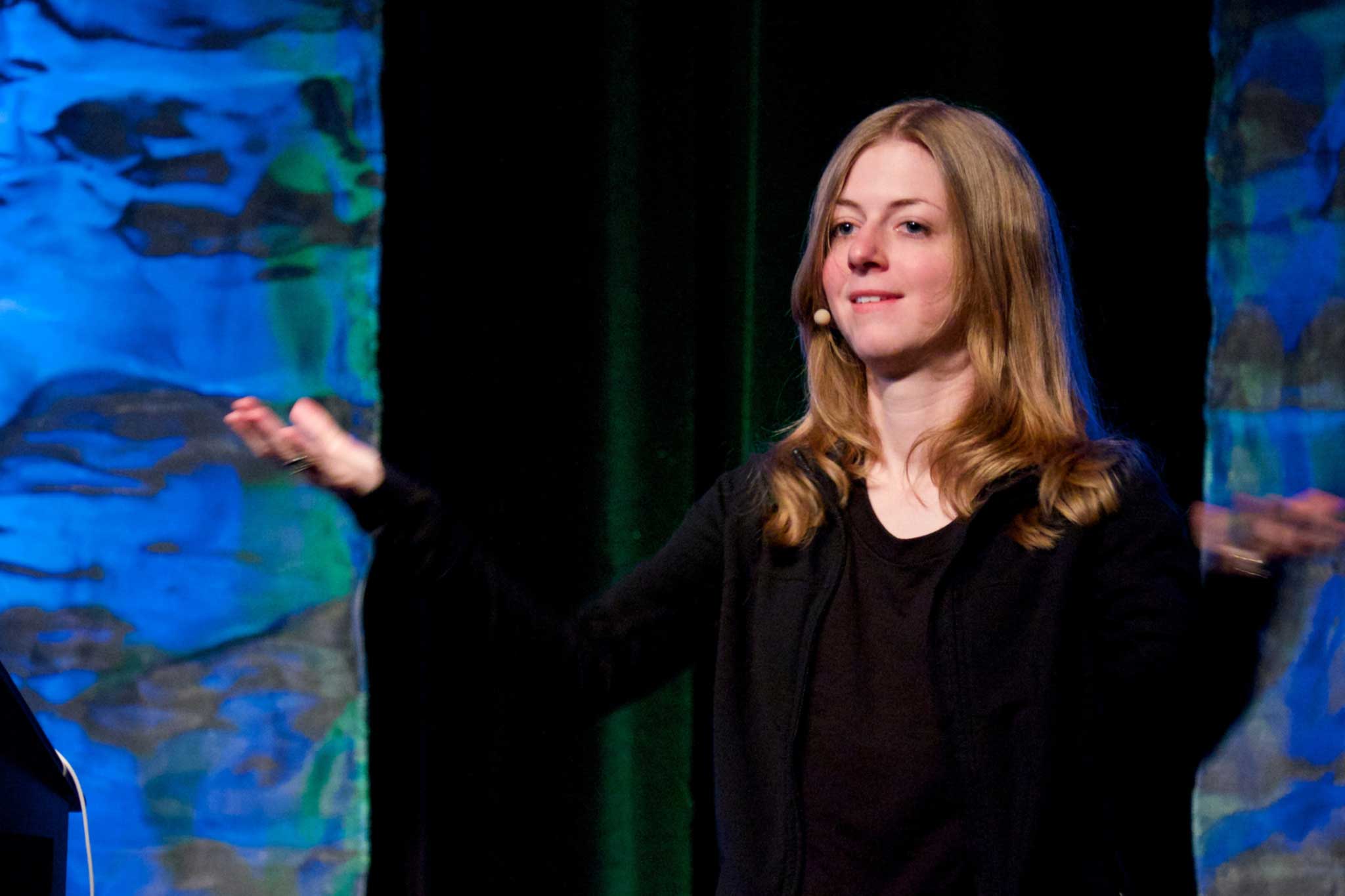
20 Apr Impactful Engineering Leadership
In an article published by First Round Review (original post here), Jessica McKellar, former founder and now engineering manager at Dropbox, shares her experiences and insights on how to lead an engineering team. As with most articles on management and leadership, I read this one with an objective mind towards knowledge and kept an eye out for lessons and ideas that support my own beliefs on full-stack management, strategic alignment, and ultimately, workplace happiness. To that end, I’ve attempted to outline Jessica McKellar’s key tenets on impactful engineering leadership for technology managers and managers-to-be.
People, Teams, and Organization
McKellar says, “When engineering management is done right, you’re focusing on three big things. You’re directly supporting the people on your team; you’re managing execution and coordination across teams; and you’re stepping back to observe and evolve the broader organization and its processes as it grows.”
Key Tenets on Impactful Engineering Leadership
- As a technical manager, your job is mostly about humans
- Focus on employee’s day-to-day and year-to-year objectives
- Day-to-day activities to promote happy, productive, and engaged employees:
- Engage people one-on-one
- Take time to talk about smaller issues and roadblocks
- Whiteboard projects
- Lead people though difficult interpersonal situations
- Stop what you’re doing to support those having a tough day
- Maintain a balance of structured work schedule versus unallocated time for giving and receiving feedback in real-time – this point alone can make an effective day-to-day manager
- Devise a long-term plan for happy productivity
- Raise people’s awareness of what they want to do
- Be intentional about working career growth plans into engineering plans
- Understand that most people do not have a clear vision about what they want from their job
- Some people are not forthcoming about their vision, and rightfully so
- To develop an long-term relationship with and engineer, have them articulate
- Skills they want to improve or acquire
- Experiences they want to have, both technical and non-technical
- Scope of impact they wish to have on the company
- Focus on career growth at least one week a quarter during 0ne-on-ones
- Set an example by having an open and honest discussion about your own career goals
- It’s not fair to ask about people’s five year plans unless you know what you want to do at that time
- Establish an explicit framework for how they can grow at your company
- Do not force people into management as the only option for growth
- Ask people what kind of impactful change they want to make for the company
- Recognize the ideas that fall outside an engineer’s main job function and create a framework to support the execution of those ideas
- Your team’s capacity equals your ability to execute – the framework is critical
- Growing individual capacity will result in getting exponentially more done as a team
- Align high-impact projects with an engineer’s interests, the value they want to create, and how they want to grow
- It is critical to empower technical leads to make decisions on their own
- Develop local experts within teams who can think deeply and guide architectural discussions
- Trust your technical leads and allow them to grow into their responsibilities
- Don’t be tempted to chime in on code reviews and architectural discussions
- Create an environment where people feel comfortable to fail
- Jumping into a project should only be done as a last resort when things are not going well – trust your team to resolve the issues
- Make time to facilitate post-project discussions about things to do differently next time
- Build in opportunities for junior and senior technical staff to have truly bi-directional discussions
- Always level your teams – new team members bring a fresh perspective and constructively question the right way to do things
- Prioritize career growth conversations – schedule career growth planning as part of your overall engineering plan
- Take note of high-impact projects that have the potential to elevate people within the company
- Assign projects that allow people to learn something new or take on more responsibility
- Create an environment that balances an engineer’s new feature work versus existing project work
- Design an on-boarding process for new engineers that helps them find their bearings, defines what success means, and makes it clear how performance is measured
- Implement processes that can both catch when a comma is missing and get people to think more broadly about architecture – this means architecture meetings with the right stakeholders and code reviews with the right technical skill-set
- Communicate proactively with new engineers about finding out where they’re blocked
- Do not over-shield your team from challenges going on at the executive level – this leads to your team feeling more involved and invested
- Motivate though alignment – matching your team with the right projects and allowing them to work on the next big thing generates motivation and commitment to the company
- Help engineers see their work through the lens of their impact on the company, especially if they’re someone who really values their visibility and making a difference at scale
- Recognize all hard work, especially if it’s not super flashy
It’s quite obvious from McKellar’s guidance that leadership is about people and that aligning what people do with what matters, both to the individual and the company, leads to “happy productivity,” i.e., “Workplace Happiness.” McKellar also focuses on full-stack employees, or engineers given the latitude to contribute in an impactful way outside their main job function.
Original Article by: First Round Review | firstround.com
Photo by: Taavi Burns | flickr.com
Sorry, the comment form is closed at this time.